Malcolm Burrows
Mantises exchange angular momentum between three rotating body parts to jump precisely to targets
Burrows, Malcolm; Cullen, Darron A.; Dorosenko, Marina; Sutton, Gregory P.
Authors
Dr Darron Cullen D.Cullen@hull.ac.uk
Lecturer in Biological Sciences
Marina Dorosenko
Gregory P. Sutton
Abstract
Flightless animals have evolved diverse mechanisms to control their movements in air, whether falling with gravity or propelling against it. Many insects jump as a primary mode of locomotion and must therefore precisely control the large torques generated during takeoff. For example, to minimize spin (angular momentum of the body) at takeoff, plant-sucking bugs apply large equal and opposite torques from two propulsive legs [1]. Interacting gear wheels have evolved in some to give precise synchronization of these legs [2, 3]. Once airborne, as a result of either jumping or falling, further adjustments may be needed to control trajectory and orient the body for landing. Tails are used by geckos to control pitch [4, 5] and by Anolis lizards to alter direction [6, 7]. When falling, cats rotate their body [8], while aphids [9] and ants [10, 11] manipulate wind resistance against their legs and thorax. Falling is always downward, but targeted jumping must achieve many possible desired trajectories. We show that when making targeted jumps, juvenile wingless mantises first rotated their abdomen about the thorax to adjust the center of mass and thus regulate spin at takeoff. Once airborne, they then smoothly and sequentially transferred angular momentum in four stages between the jointed abdomen, the two raptorial front legs, and the two propulsive hind legs to produce a controlled jump with a precise landing. Experimentally impairing abdominal movements reduced the overall rotation so that the mantis either failed to grasp the target or crashed into it head first.
Citation
Burrows, M., Cullen, D. A., Dorosenko, M., & Sutton, G. P. (2015). Mantises exchange angular momentum between three rotating body parts to jump precisely to targets. Current biology : CB, 25(6), 786-789. https://doi.org/10.1016/j.cub.2015.01.054
| Journal Article Type | Article |
|---|---|
| Acceptance Date | Jan 22, 2015 |
| Online Publication Date | Mar 5, 2015 |
| Publication Date | Mar 16, 2015 |
| Deposit Date | Sep 25, 2023 |
| Journal | Current Biology |
| Print ISSN | 0960-9822 |
| Electronic ISSN | 1879-0445 |
| Publisher | Elsevier |
| Peer Reviewed | Peer Reviewed |
| Volume | 25 |
| Issue | 6 |
| Pages | 786-789 |
| DOI | https://doi.org/10.1016/j.cub.2015.01.054 |
| Public URL | https://hull-repository.worktribe.com/output/4399096 |
You might also like
Sexual repurposing of juvenile aposematism in locusts
(2022)
Journal Article
Oxytocin/vasopressin-like neuropeptide signaling in insects
(2019)
Book Chapter
Extracellular nutrient digestion and absorption in the insect gut
(2019)
Journal Article
Downloadable Citations
About Repository@Hull
Administrator e-mail: repository@hull.ac.uk
This application uses the following open-source libraries:
SheetJS Community Edition
Apache License Version 2.0 (http://www.apache.org/licenses/)
PDF.js
Apache License Version 2.0 (http://www.apache.org/licenses/)
Font Awesome
SIL OFL 1.1 (http://scripts.sil.org/OFL)
MIT License (http://opensource.org/licenses/mit-license.html)
CC BY 3.0 ( http://creativecommons.org/licenses/by/3.0/)
Powered by Worktribe © 2025
Advanced Search
